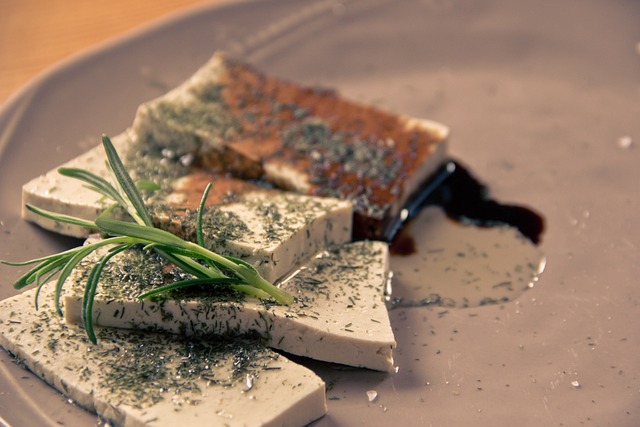
Rice is the cornerstone of Japanese cuisine, and it has been for centuries. It is served with almost every dish, and it is not surprising that the word for a meal in Japan is the same as the word for cooked rice. Japanese rice is short-grained and sticky, and it is the primary ingredient in many dishes.
Soy sauce is an essential seasoning in Japanese cuisine. Made from soybeans, wheat, salt, and water, soy sauce adds a rich, savory flavor to dishes. There are many different kinds of soy sauce available in Japan, each with its own unique flavor and color.
Dashi is a soup stock made from kombu (dried kelp) and bonito flakes (dried, fermented fish). It is the base for many Japanese soups, such as miso soup, udon soup, and ramen. Dashi adds a rich, umami flavor to dishes and is the key to many authentic Japanese recipes.

Tofu, or bean curd, is a protein-rich ingredient made from soy milk that is commonly used in Japanese cuisine. It is used in a variety of dishes, including soups, stews, and salads, and is often used as a substitute for meat or fish.
Miso is a fermented soybean paste that is used in many Japanese dishes. It adds a salty, savory flavor to soups, stews, and marinades. Miso comes in different colors and varieties, with the darker, stronger varieties being used for heartier dishes, and the lighter, sweeter varieties used for milder dishes.
Mirin is a sweet rice wine that is commonly used in Japanese cooking. It adds sweetness and depth to dishes, and is often used in marinades, glazes, and sauces.
Wasabi is a spicy condiment made from the wasabi plant. It is often served with sushi and sashimi, and is also used as a flavoring in a variety of other dishes.

The combination of these essential ingredients forms the foundation of many dishes in Japanese cuisine. From simple bowls of rice to complex soups and stews, these ingredients are what give Japanese dishes their unique and delicious flavor. Without them, Japanese cuisine would not be the same.

